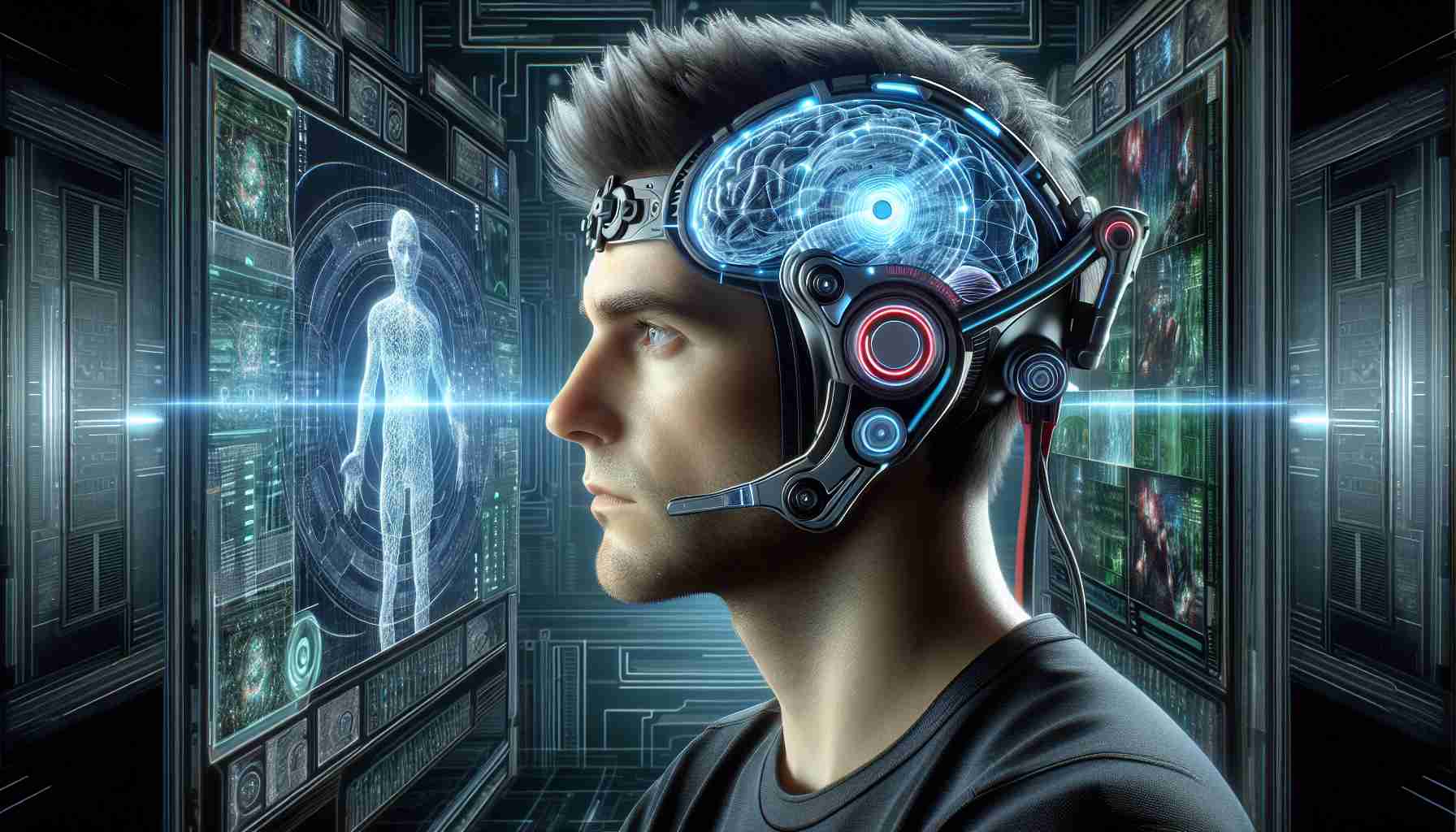A new era in gaming has dawned with the groundbreaking application of Neuralink technology. Meet Alex, the second paralyzed patient to control a computer mouse on his laptop from a distance to play his favorite games, just one month after receiving the Neuralink implant.
Before the implant, Alex used a mouth-operated joystick called QuadStick to play Counter-Strike 2, struggling to move and aim simultaneously. With Neuralink, Alex can now seamlessly aim and navigate in-game, enhancing his gaming experience like never before.
Beyond gaming, the second patient has explored additional uses for the implant. He utilized it to create intricate 3D designs using CAD software, including custom bases for his implant charger printed in 3D.
Neuralink faced challenges with the first patient, where electrode displacement hindered effective neural signal reading. Despite this, both patients can efficiently use the implant, prompting Neuralink to optimize surgical procedures and implant placement, aiming for further technological enhancements. The company is striving to develop controllers that provide full mouse and video game joystick functionality.
Gain a glimpse into the future of gaming with Neuralink’s innovative approach, revolutionizing how we interact with technology and paving the way for exciting advancements in the gaming industry.
Revolutionizing Gaming Experience with Neuralink Technology
A new chapter in gaming innovation has been unveiled as Neuralink technology continues to redefine the boundaries of immersive gameplay. While the previous article highlighted the remarkable progress achieved by the second paralyzed patient, Alex, there are further fascinating aspects to explore in the realm of Neuralink-enabled gaming experiences.
What are some additional applications of Neuralink in gaming beyond enhanced control?
In addition to offering improved control and navigation in games, Neuralink technology opens the door to innovative gaming experiences such as immersive virtual reality interaction and enhanced communication between players in multiplayer games. The potential for brain-computer interfaces to revolutionize the gaming landscape is vast, with the possibility of virtual worlds reacting to players’ thoughts and emotions.
What are the primary challenges and controversies associated with Neuralink technology in gaming?
One of the key challenges facing Neuralink technology in gaming is the ethical consideration of data privacy and security. As brain activity is fundamentally personal and private, ensuring the protection of user data from potential breaches or unauthorized access is a critical concern. Furthermore, debates around the implications of blurring the lines between human cognition and artificial intelligence in gaming raise questions about the ethical ramifications of merging neural technology with virtual experiences.
What are the advantages and disadvantages of integrating Neuralink in gaming?
Advantages of incorporating Neuralink technology in gaming include enhanced precision and fluidity of control, opening up new possibilities for gameplay mechanics and interaction. Players with physical limitations can experience a more inclusive gaming environment, breaking barriers to participation. However, potential drawbacks include the risk of overreliance on neural interfaces, leading to reduced physical interaction and potential long-term effects on cognitive processes. Balancing the benefits and risks of Neuralink integration in gaming remains a crucial consideration for developers and users alike.
Explore the evolving landscape of gaming through the lens of Neuralink technology, where human-machine interaction reaches new frontiers, unlocking boundless opportunities for creativity and engagement. Embrace the future of gaming with Neuralink and witness the convergence of technology and imagination in shaping unforgettable gaming experiences.
For more insights on Neuralink technology and its impact on gaming, visit Neuralink’s official website.



